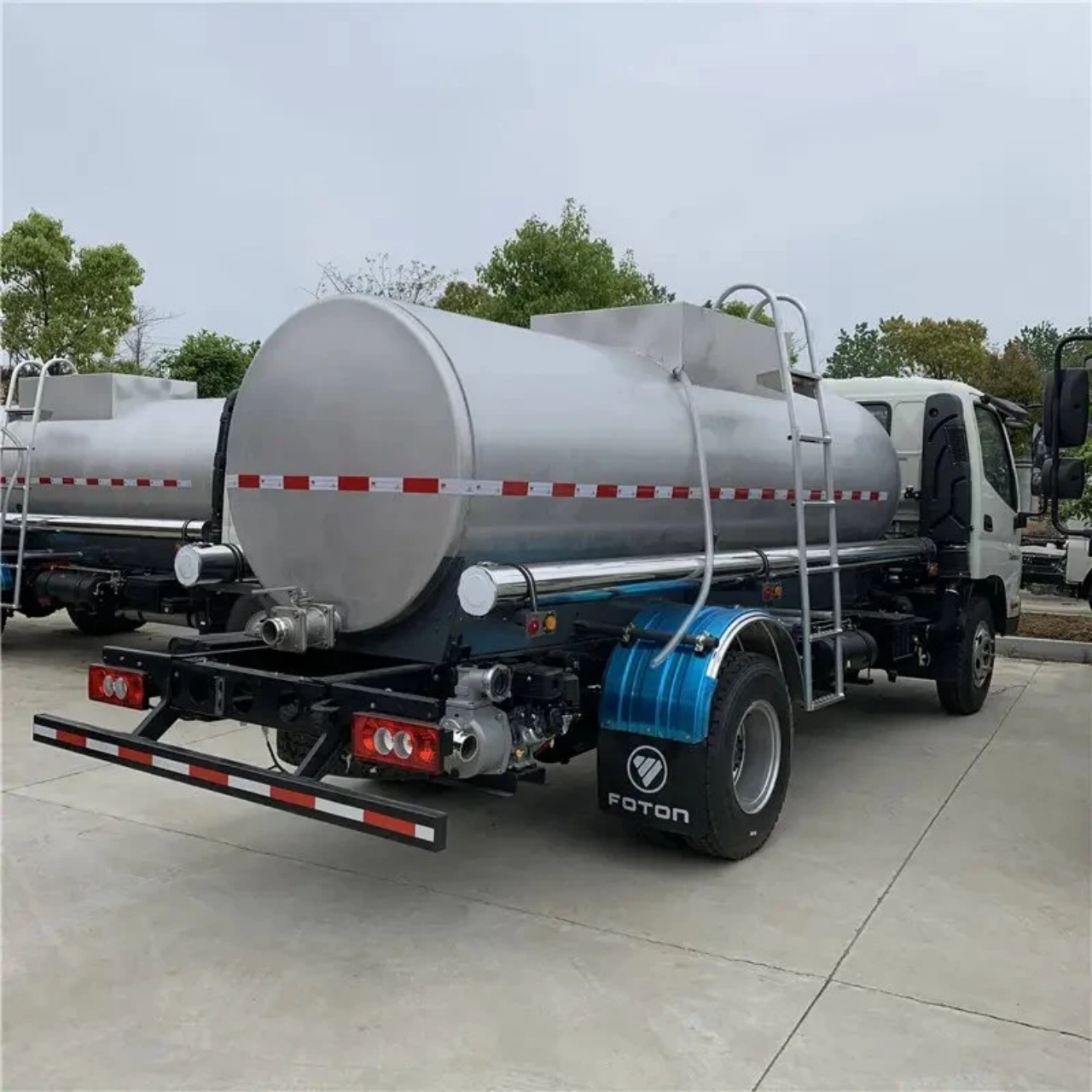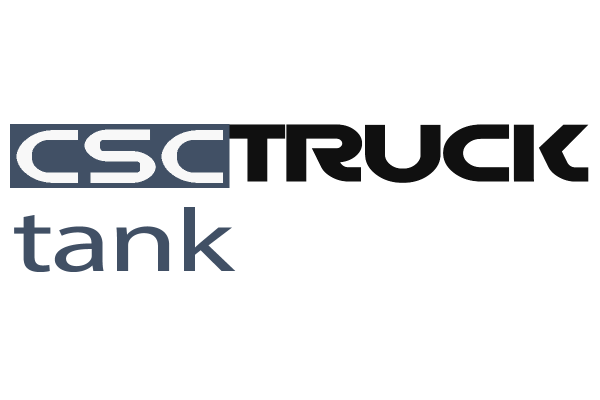Water trucks are essential vehicles in many industries, including construction, mining, agriculture, firefighting, and environmental management. They are used to transport and distribute water for dust control, soil compaction, irrigation, firefighting, and more. One of the most critical yet often overlooked components of a water truck is the Power Take-Off (PTO). Understanding what a PTO is and how it works is essential for operators, mechanics, and fleet managers who want to ensure their equipment performs reliably and efficiently.
Understanding PTO: Power Take-Off
The Power Take-Off (PTO) is a mechanical device that transfers power from a truck’s engine to auxiliary equipment. In the case of a water truck, the PTO enables the engine to power other systems, such as the water pump, spray nozzles, and sometimes even hydraulic systems.
Traditionally, a PTO is connected to the transmission of the truck. When engaged, it allows the transmission to drive auxiliary machinery without requiring a separate power source. PTOs are commonly found on work trucks such as dump trucks, fire trucks, vacuum trucks, and, of course, water trucks.
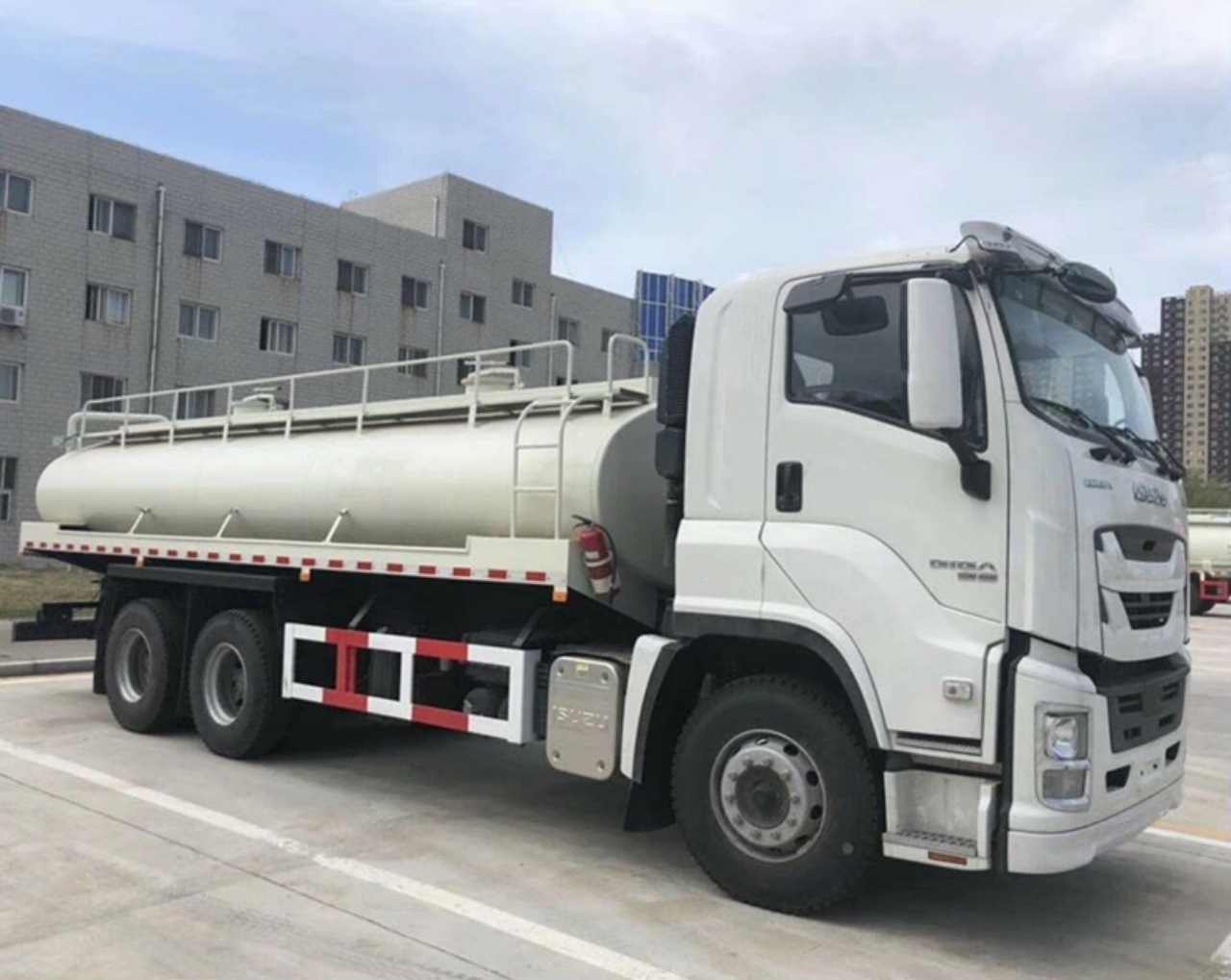
How PTO Works on a Water Truck
On a typical water truck, the PTO is responsible for driving the water pump, which is the heart of the water distribution system. Here’s a breakdown of how this works:
- Engagement: The truck’s engine must be running for the PTO to operate. Depending on the truck and PTO type, the PTO can be engaged manually or electronically via a switch in the cab.
- Power Transmission: Once engaged, the PTO taps into the power generated by the truck’s engine and redirects it to operate the water pump.
- Water Pump Operation: The water pump, powered by the PTO, pressurizes the water stored in the tank, allowing it to be sprayed through rear, side, or front spray bars, hoses, or cannons.
- Control and Modulation: Many systems allow for adjustment of flow rate and spray pattern. These are typically controlled from within the cab or on external panels.
In essence, the PTO allows the water truck to perform its primary job—delivering and spraying water—without the need for a separate engine or power source for the pump.
Types of PTO Systems on Water Trucks
There are different types of PTOs based on mounting configuration and how they are powered:
1. Transmission-Mounted PTOs
This is the most common type used on water trucks. It connects directly to the vehicle’s transmission and is typically engaged via an air-operated, hydraulic, or electric control system.
- Pros: Reliable, efficient, well-integrated into the truck.
- Cons: Requires the vehicle to be stationary in most cases, unless equipped with a split-shaft system.
2. Engine Crankshaft-Driven PTOs
In this type, the PTO is mounted directly to the engine’s crankshaft. It provides continuous power and is usually used in systems that require operation while the vehicle is moving.
- Pros: Allows operation while driving.
- Cons: More complex installation and higher cost.
3. Split-Shaft PTOs
These systems are installed in the driveline and allow for power transmission to auxiliary equipment while the truck is moving. They are often used in off-road or specialty applications.
- Pros: Useful for mobile spraying or firefighting operations.
- Cons: More complex and expensive.
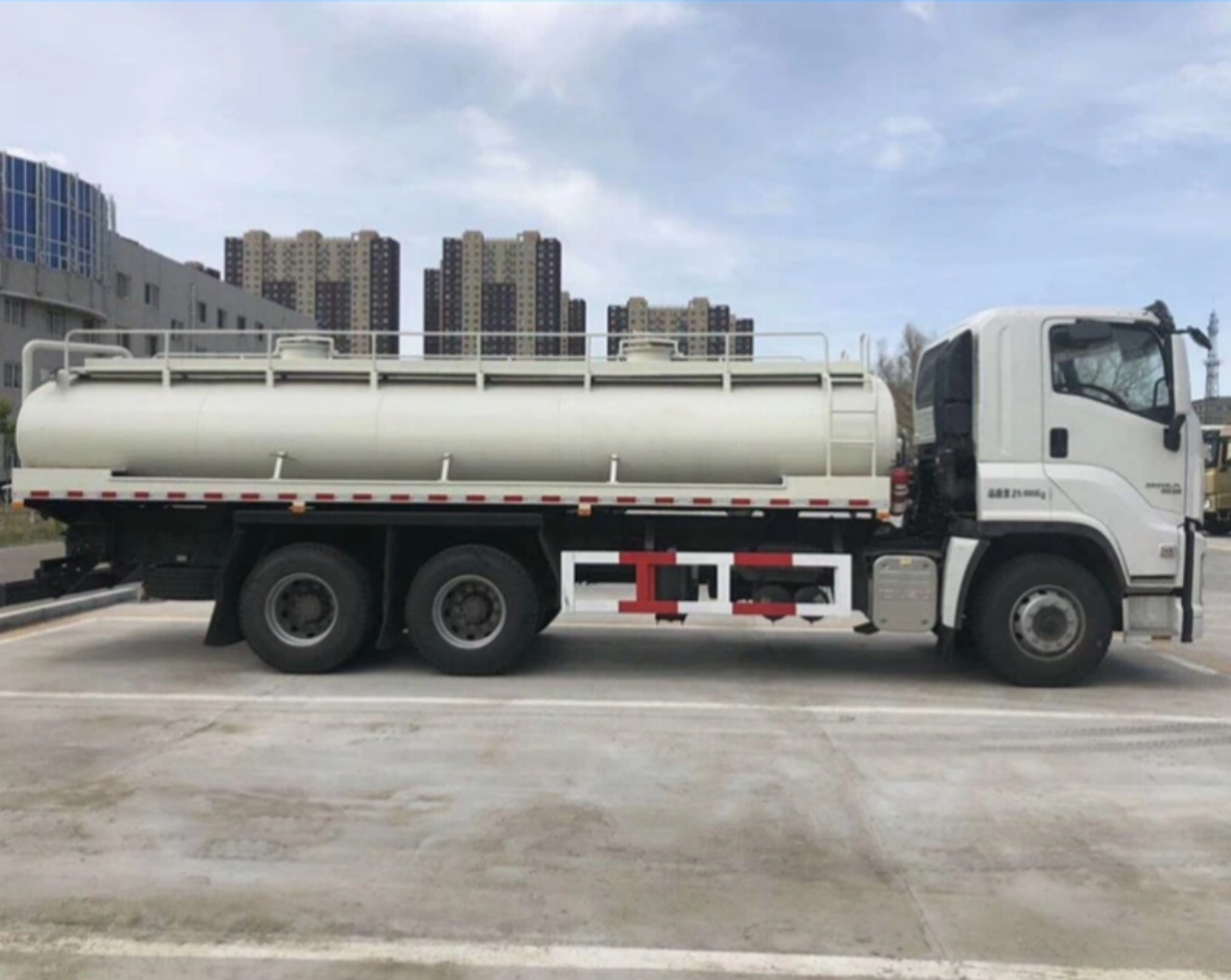
Importance of PTO in Water Truck Operations
The PTO system is vital for the following reasons:
1. Pump Efficiency
Without a PTO, the water pump would require an independent power source. This adds weight, complexity, and cost. A PTO efficiently uses the truck’s existing engine power, simplifying the system and improving reliability.
2. Control and Versatility
PTOs offer precise control over water distribution. Operators can easily adjust flow rate, pressure, and spray direction, enabling the truck to meet diverse operational requirements.
3. System Integration
A well-integrated PTO system ensures that all truck systems work in harmony. For example, the water pump, spray bars, and even rear controls may all rely on PTO-driven power, streamlining the truck’s operation.
Common PTO-Driven Functions on a Water Truck
Water trucks come with a variety of features, most of which rely on PTO power. These include:
- Rear Spray Bars: Used for dust suppression on roads and construction sites.
- Side and Front Sprays: For broader coverage or street cleaning.
- Water Cannons: High-pressure nozzles for firefighting or distant spraying.
- Filling and Suction Hoses: For drawing water from an external source into the tank.
- Hydraulic Systems: If the truck has adjustable or deployable equipment, hydraulics may also be PTO-powered.
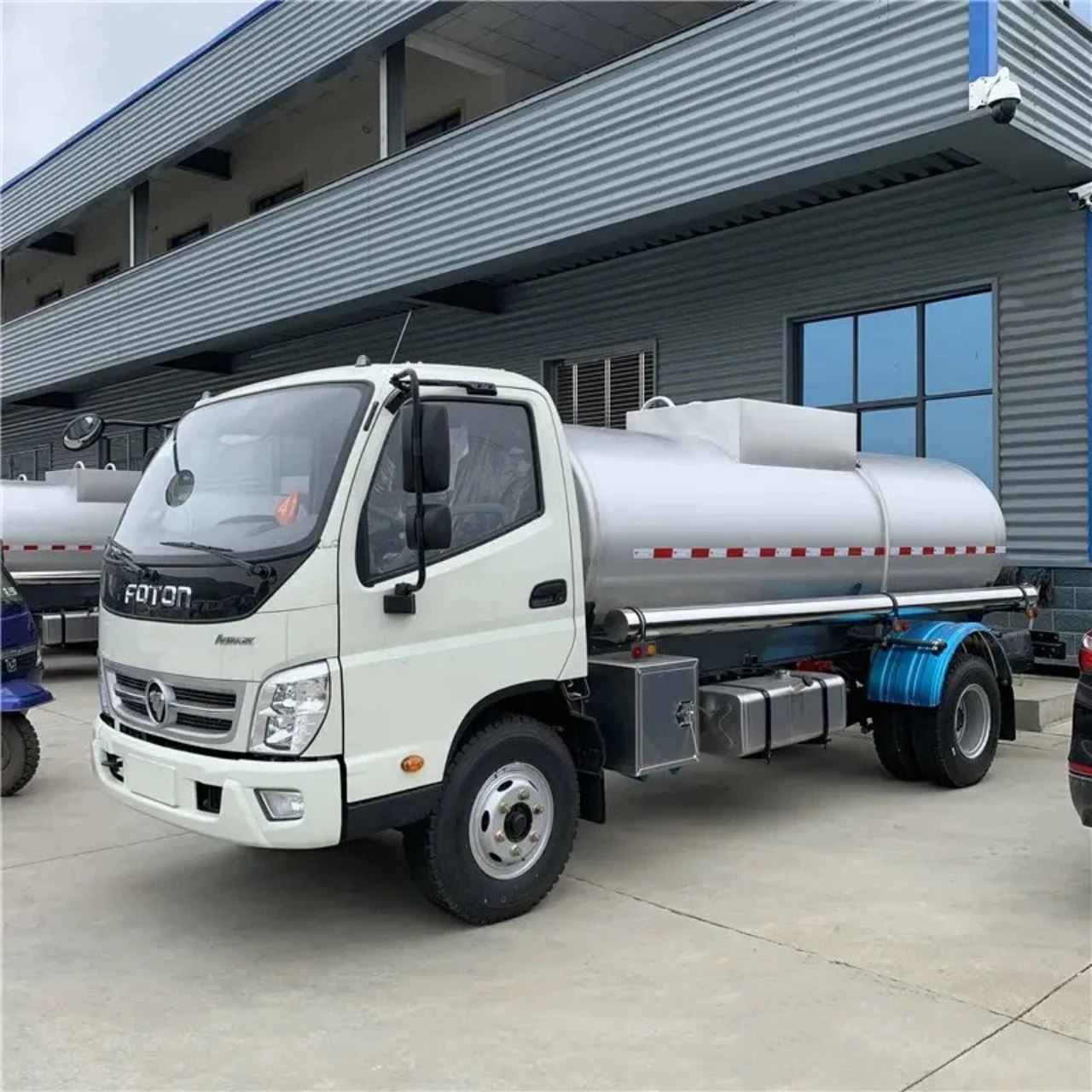
PTO Maintenance Considerations
A PTO system, like any mechanical component, requires proper maintenance to ensure long service life and safe operation. Key maintenance areas include:
- Lubrication: Keep all PTO components well-lubricated according to the manufacturer’s recommendations.
- Alignment: Ensure the PTO is properly aligned with the pump to avoid vibration and premature wear.
- Engagement Practices: Only engage or disengage the PTO under recommended conditions (e.g., idle RPM, vehicle stationary, etc.).
- Inspection: Regularly inspect the PTO, pump, and connecting shafts for signs of wear or damage.
- Seals and Bearings: Monitor for leaks and ensure bearings are functioning smoothly.
Failure to maintain the PTO system can lead to pump failure, transmission damage, or operational delays.
Safety Tips for Using PTOs on Water Trucks
- Never engage the PTO while the truck is in motion, unless it is specifically designed for such use (e.g., split-shaft systems).
- Always follow manufacturer guidelines when engaging or disengaging the PTO.
- Do not attempt repairs or inspections while the PTO is engaged or the engine is running.
- Use proper shielding around rotating shafts to prevent injuries.
- Train all operators on safe PTO operation and emergency procedures.
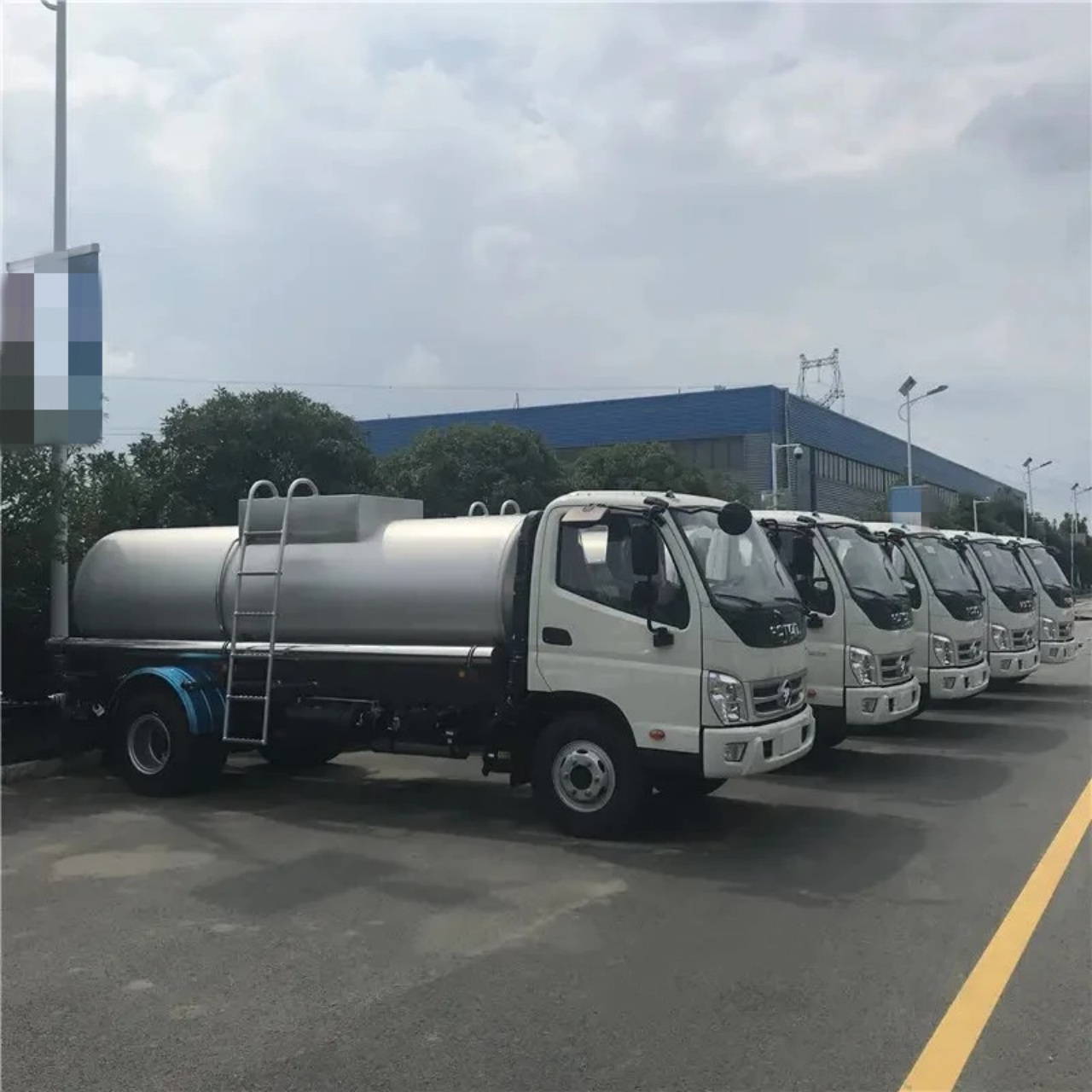
Conclusion
The PTO on a water truck is a crucial system that enables the truck to perform its core function: Delivering and distributing water efficiently. By harnessing the power of the truck’s engine, the PTO drives the water pump and associated equipment, making the vehicle a versatile tool for construction, agriculture, firefighting, and more. Understanding how the PTO works, the types available, and the maintenance required can help operators maximize performance, reduce downtime, and extend the life of their water truck.
Whether you are managing a fleet or operating a single water truck, recognizing the value of the PTO system is essential to keeping your operations flowing smoothly.
